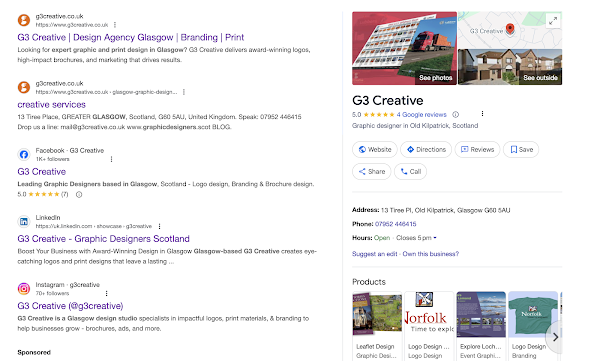Tactile branding in a digital world: How print design adds depth to Scottish Brands
In Glasgow’s saturated digital space, it’s physical branding that often makes the first real impression. Whether it’s a textured bottle tag for a Dumbarton gin distillery, gold embossed certificates for tourist attraction in Stirling or a UV spot colour and foil-stamped brochure for a Merchant City heritage architect, high-quality print design makes Scottish brands feel grounded, tactile—and memorable.
How does Scottish recycled paper boost brand trust?
On occassions while sourcing materials for our Glasgow clients, we use certified when possible Scottish recycled stocks that align with both sustainability goals and brand authenticity. A recent project for a Clyde-side marine consultancy saw a 42% higher retention rate on print pieces produced using tactile, uncoated recycled, FSC-compliant paper stocks.
If client budget allows all materials used comply with Forest Stewardship Council (FSC) standards. Forest Stewardship Council Guidelines. This regulatory alignment isn’t just ethical—it’s, showing transparency, trust, and accountability.
Why do QR codes on print work better in Scotland?
In campaigns targeting rural Scottish regions or tourist hotspots, print with QR integration consistently outperforms digital-only efforts. Our branded walking maps for a Highlands whisky trail generated over 1,200 unique mobile scans in 6 weeks—each one directing visitors to augmented reality tastings and social interactions.
The hybrid print-digital experience adds depth, especially in areas with inconsistent mobile signal or lower screen fatigue thresholds.
What’s the ROI of print design in Glasgow?
Clients in food and drink, tourism, and B2B professional services have reported up to 31% higher lead conversion rates on campaigns anchored in printed assets. And in tightly-knit Glasgow communities, well-crafted print is still shared, discussed, and pinned on noticeboards—long after the average ad scrolls away.



Comments
Post a Comment